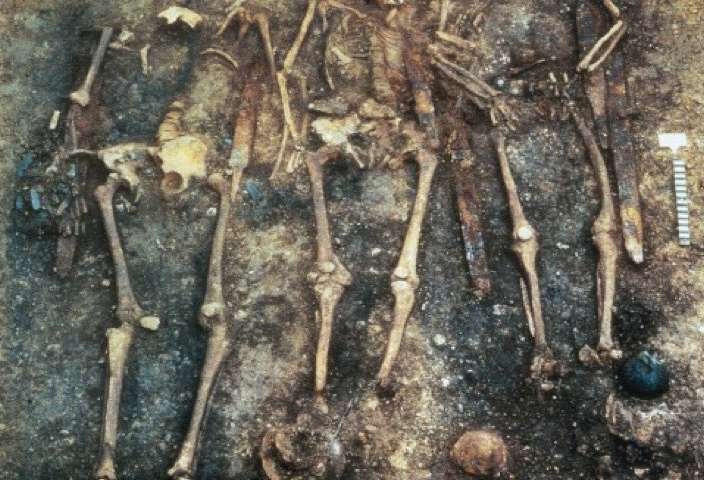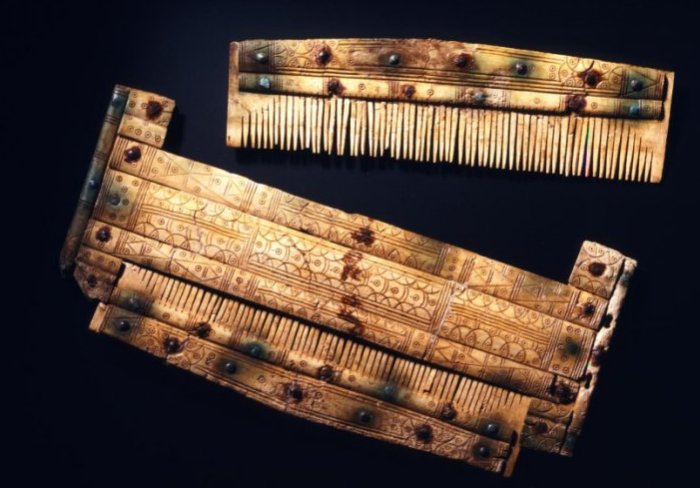AncientPages.com - Human remains dated between 590 and 630 CE have been analyzed by researchers from Eurac Research and the Max Planck Institute for the Science of Human History.
The skeletal remains originate from an Alemannic burial site that was in Niederstotzingen (Baden-Württemberg, Germany) in 1962.
This burial, which was discovered near a Roman road not far from Ulm, is considered one of the most important Alemannic gravesites in Germany. The site consists of individual and multiple graves, from which it was hypothesized that the individuals had not all been buried at the same time.
Excavations found 13 individuals who were buried with an array of inscribed bridle gear, jewelry, armor, and swords. These artifacts support the view that the individuals had contact with France, northern Italy, and Byzantium.
The analysis helped to determine not only the sex and the degree of kinship of those people but also their ancestral origins, which provides new insights into societal structures in the Early Middle Ages.
Archaeologists recovered thirteen human skeletons, the remains of three horses and some excellently preserved grave goods of diverse origin. The molecular genetic investigations have now brought new details to light about the individuals and their final resting place in this high-ranking warrior type burial.
Using DNA analysis the researchers were able to reconstruct maternal as well as paternal kinship. On the basis of tooth samples the scientists could ascertain that five of the individuals were either first- or second-degree relatives. In addition, the deceased displayed a variety of patterns of genetic origin, indicating Mediterranean and northern European roots.

Multiple grave in Niederstotzingen (Germany) -- detail red circle: comb with etui. Credit: Landesamt für Denkmalpflege im RP Stuttgart
“These results prove the existence of remarkable transregional contacts. The fact that they were buried together also indicates a link between the families and their entourage which went beyond death,” explains Niall O’Sullivan, who did his doctorate at Eurac Research and carried out some of the analyses at the Max Planck Institute for the Science of Human History in Jena.
In this context the grave goods, with which the multiple graves were adorned and which are of Frankish, Lombard and Byzantine origin, are also very interesting. Their diverse origin in combination with the new genetic data indicates a cultural openness and demonstrates how members of the same family were receptive to different cultures.
In addition to the kinship analysis the researchers also determined the sex of the individuals using molecular testing. One of the skeletons had a gracile physique and thus could not be clearly classified as male or female.
AncientPages.com







